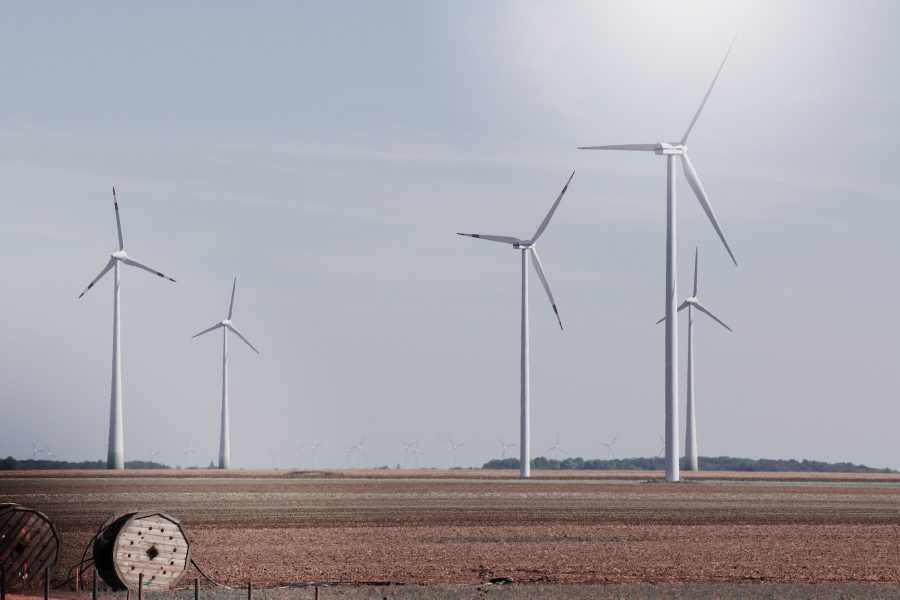Electricity is termed as a prerequisite for economic development with its enormous contribution to better social infrastructure. To enhance inclusive socio-economic development, adequate electricity is needed all over the world especially in the Africa continent. Unfortunately, the majority of the African population, 60% to be specific, live in rural areas that only have about 5% access to modern sources of electricity. Precisely, approximately 80% of the 1.5 billion people around the globe afflicted by energy poverty, reside in Africa. This means a huge chunk of the African population is missing out on other social essentials such as financial services, education and health that primarily require electricity to run effectively. In attempts to spur rural development, African countries have adopted policies with a major focus on expanding the coverage of their national grids. The expansion of national utility grids is however constrained by low purchase power, sparse settlements, and low population density in rural settings. It also faces non-technical deficiencies that result in enormous commercial losses.
As an alternative, there is a growing interest in decentralized power generation and distribution through mini-grids. Mini-grids have been presented as vital platforms in enhancing energy access in Africa. Countries in Sub-Saharan Africa, such as Sierra Leone, with a national electrification rate of 26% in the urban communities and 6% in the rural areas, are ranked among those with the lowest access rates globally. Consequently, Sierra Leone is among the African countries that have transitioned from mini-grids pilot projects with a record number of developing 92 mini grid sites in only two years.
Successful mini-grids development should be based on end users’ needs and their active involvement, allocation of responsibilities, capacity building, suitable financing models, mapping of the markets and supportive policies. Mini-grids development in Sierra Leone has predominantly been funded by donors. The largest one, Rural Renewable Energy Project (RREP), focuses on creating an enabling environment for the mini-grids market to be solely driven by the private sector. RREP aims at supplying about 5 MW of renewable energy to the rural communities by developing about 94 solar mini-grid installations under Public Private Partnerships (PPPs).
Sierra Leone’s mini-grids policy and regulatory approach takes a very centralized approach. All rural electrification planning is the mandate of the Ministry of Energy (MoE), unlike related agencies in other countries. Further, Sierra Leone does not have a rural electrification master plan, instead, its off-grid electrification strategies are contained in different energy policy documents such as the Electricity Sector Reform Roadmap (2017-2030). This strategy is beneficial by helping in the formulation of solutions that resonate with the local conditions and the national frameworks. The latter provides for the restructuring framework of the power sector intending to achieve electrification objectives on a long-term basis. Interestingly, the Electricity and Water Regulatory Commission (EWRC) has elaborate mini-grid regulations that have specific stipulations on the licensing procedures, commercial agreements, consumer service and grid interconnection.
Read also: New design is needed to address the climate paradox
The mini-grid tariff framework in Sierra Leone is defined by the EWRC. They have provisions for cost-reflective retail tariffs, market-entry procedures, contractual agreements, the arrival of the main grid, technical and service standards as well as guidelines and licenses for mini-grid projects which are based on capacity and setting. To ensure tariff affordability, reflective cost of service and ascertain the market, Sierra Leone adopts a participative approach. For instance, before the roll out of RREP in 2016, there was a demand assessment that involved 2,500 interviews, 68 rural communities and feedback from 1,950 households. The assessment established that mini-grid electricity would translate to 52% savings among households relative to alternative sources of fuel.
Sierra Leone utilizes both donor and government funds to cover mini-grid construction expenses. In addition, it provides for an in-kind subsidy to operators which covers distribution assets capital costs. The Sierra Leone government has also initiated several fiscal incentives that are aimed at lowering the tariffs. These interventions include corporate tax exemptions, goods and services tax waivers for mini-grid projects and duty exemptions on important solar equipment.
Overall, mini-grids systems in Sierra Leone have increased the reliability and supply of electricity. Due to their local ownership, the mini-grids have minimized the chances of theft which is quite common with centralized on-grid alternatives. Hybrid mini-grids overcome power intermittencies that are characteristic of dominant hydropower sources that are prone to seasonal variability. Additionally, mini-grids have a general net effect of improving environmental performance with major scores on energy efficiency and fewer carbon emissions. In countries such as Sierra Leone, mini-grids present a major development opportunity owing to the less developed national grid but a vibrant private sector. Nonetheless, mini-grid development is constrained by poor assessment, lack of local expertise, institutional barriers and regulatory deficits. Continued adaptation of mini-grids in Africa shall for some foreseeable future, linger around commercial viability, maximum high-quality access and unsubsidized tariffs.



